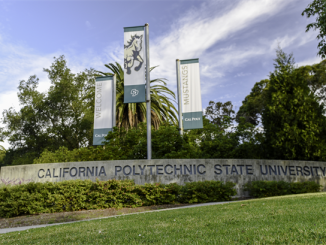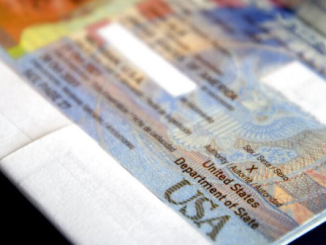
They face a hostile environment much more often than their liberal peers do.
With schools reopening for in-person instruction in a few weeks, many people are understandably fixated on the dangers COVID-19 poses to students’ safety and well-being. While the pandemic remains a real concern, another very worrisome issue will face our nation’s high-school students when they return to the classroom: whether conservative students will be treated fairly if their views and ideas do not comport with the overall zeitgeist of particular schools.
Healthy debate, based on a real diversity of ideas, rests at the very foundation of civil society and our educational system. But this core value is under threat today, with many Americans self-censoring and silencing themselves due to the rampant cancel-culture epidemic and other forms of discrimination based on ideology.
It is already well known that conservative faculty members regularly hide their views for fear of retaliation from students and administrators. Students are choosing to keep quiet on campus and in their classrooms, fearing not only retaliation from peers but also long-term reputational consequences for internships, careers, and social standing. Viewpoint diversity and real liberal education is under threat due to worries about woke mobs coming after dissenters and the rise of “equity” and “inclusion” offices instructing students what and how to think. These forces have expanded from higher education to high schools, where numerous stories have emerged chronicling the fear and intimidation students experience when challenging the progressive ideas that are so prominent in their elite New York City schools.
The question of differential treatment on the basis of ideology has not been well-documented, but new data reveal how much more discrimination conservative high-school students face than their liberal peers do. A new survey from Next Generation Politics, a New York–based organization aimed at helping high-school students foster a culture of cross-partisan dialogue and civic engagement, asked 250 students at private schools around New York about their views on contemporary culture and school life. Its findings should give New Yorkers, parents, communities, and educators real pause.
Specifically, the survey asked how often, if ever, a respondent witnessed uncivil treatment of other students based on certain factors, including the student’s faith and whether the student held strong liberal or conservative viewpoints. The results are sobering and disturbing.
In the case of religious beliefs, barely 4 percent of respondents in the sample reported seeing uncivil treatment based on religion often, and 30 percent report seeing such treatment sometimes. The overwhelming majority of students (66 percent) report seeing inappropriate treatment on the basis of faith either rarely or never.
With political ideology, however, the picture looks different. When asked about students who hold strong liberal viewpoints, 10 percent of survey respondents said they often see such students subjected to discrimination or uncivil behavior because of these views, and 25 percent said they see it sometimes. But almost two thirds — 65 percent — said they rarely or never saw students having to deal with such problems based on their liberal ideology.
By contrast, 21 percent of students say conservative students face uncivil treatment often, and another 40 percent say conservative students have to confront this negative reality sometimes. This means that a majority of conservative students (61 percent) face discriminatory treatment based on their ideology on a regular basis. Only 37 percent of respondents said conservative students have to deal with uncivil treatment rarely or never. While no student should ever be subjected to poor treatment at school, these differences remain staggering and dangerous.
It should be noted that very few high-school students identify as conservative in any appreciable way. The overwhelming majority (58 percent) identify as either very or somewhat liberal, while 18 percent consider themselves to be moderate, middle-of-the-road, or “slightly” liberal or conservative. Another 21 percent state that they do not identify as liberal or conservative, or haven’t given much thought to the matter. Only 2 percent of the student population identifies as more than slightly conservative. Even liberal and moderate students who preach love, tolerance, and openness to all views report witnessing such differential and inappropriate treatment. This situation is simply unacceptable and poses a real threat to the well-being of conservative students.
Although students, families, communities, educators, and politicians want to reopen schools as soon as possible, we should all understand that when schools do reopen, this ideological discrimination will undoubtedly continue. Students need to feel safe to question, debate, and engage with ideas regardless of whether they lean to the left or the right. Students already have enough to worry about with the pandemic and their safety. They should not have to worry about being bullied for their ideology. Our communities and schools are better than that, and they must demand that legitimate ideas be kept open to debate without risk of reprisal.
*story by National Reveiw


